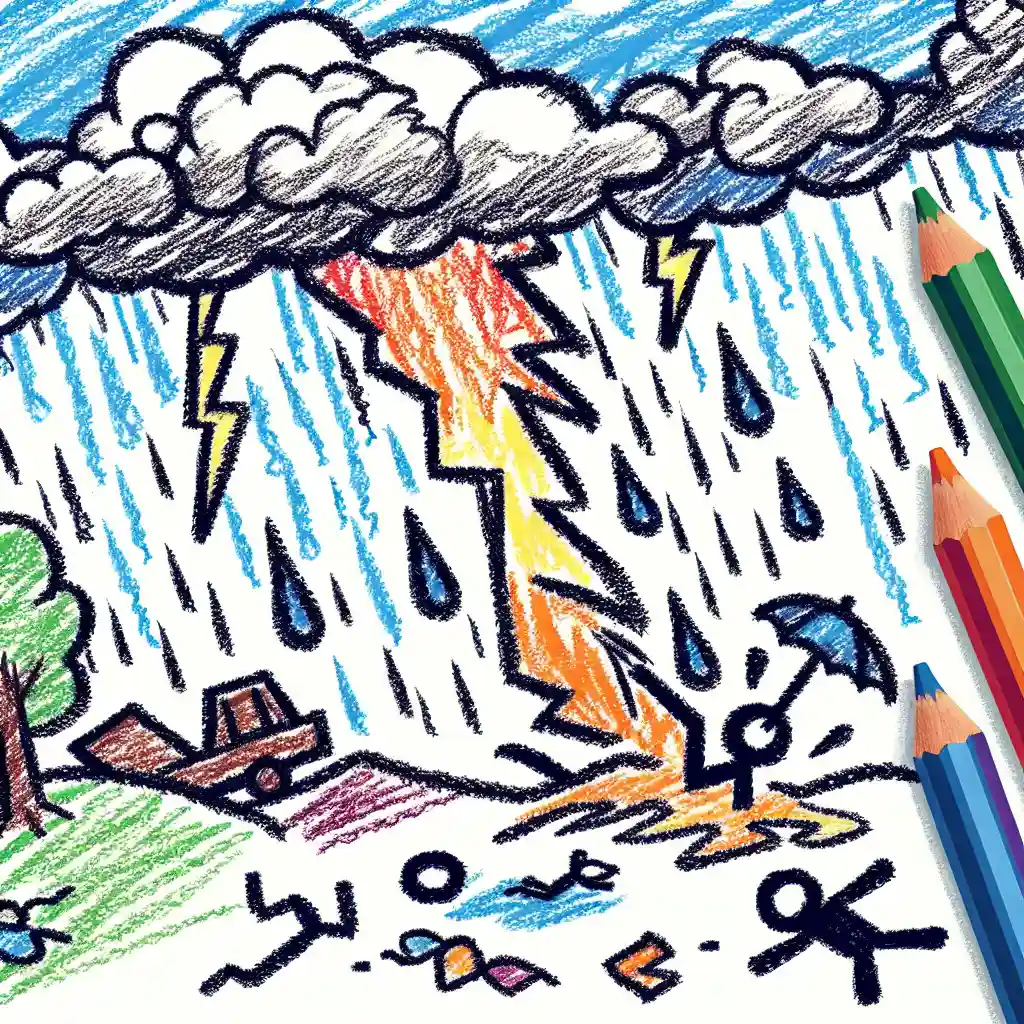Dozens dead as storm sweeps through the Philippines

Explain Like I'm 5
Imagine you're building a sandcastle at the beach, and suddenly a big wave comes and washes it away. That's kind of like what happened in the Philippines, but much, much bigger and more serious. A big storm, kind of like a super-duper strong wind with lots of rain, came and caused a lot of problems in the northern mountains. Because of the rain and wind, the ground got too wet and slippery, causing mudslides (imagine mud playing slippery slide down the hill), and this hurt a lot of people. At least 25 people couldn't escape and were hurt by this.
Explain Like I'm 10
The Philippines, a country with many islands, just faced a really big storm in its northern mountainous areas. This storm wasn't just about heavy rain and strong winds; it caused a lot more trouble. When the storm hit, it made the ground super wet and unstable, leading to landslides. Imagine a whole lot of mud and rocks sliding down hills and covering everything in their path, like roads and houses. This is dangerous because people can get trapped or hurt.
At least 25 people have died because of these landslides and the flooding that came with the storm. Emergency teams are working hard to help and find anyone who might be trapped or needs help. This kind of storm is tough for the people living there because it can destroy homes and make it hard for them to get food and safe drinking water.
Explain Like I'm 15
The Philippines recently experienced a severe tropical storm that hit its northern mountainous regions hard. This area is particularly vulnerable to natural disasters like storms due to its geography—mountains can mean more landslides under certain conditions, especially when a lot of rain falls quickly and saturates the soil. This saturation leads to a reduced friction hold among the soil particles, causing them to slide down as landslides.
This recent storm caused significant damage through landslides and flooding, claiming at least 25 lives. The impact is severe, disrupting lives, damaging property, and causing widespread suffering. Emergency services are currently engaged in rescue and relief operations, trying to provide aid and restore normalcy as quickly as possible.
Historically, the Philippines is no stranger to such natural calamities. Its geographical location makes it prone to tropical storms and typhoons. Each year, the resilience of the Filipino people is tested by these recurring disasters, which have profound economic, social, and personal impacts. Moving forward, this incident highlights the ongoing need for robust disaster preparedness and response strategies, better infrastructure to withstand such events, and international aid and attention to mitigate the effects and help those affected rebuild their lives.
Want to read the original story?
View Original Source